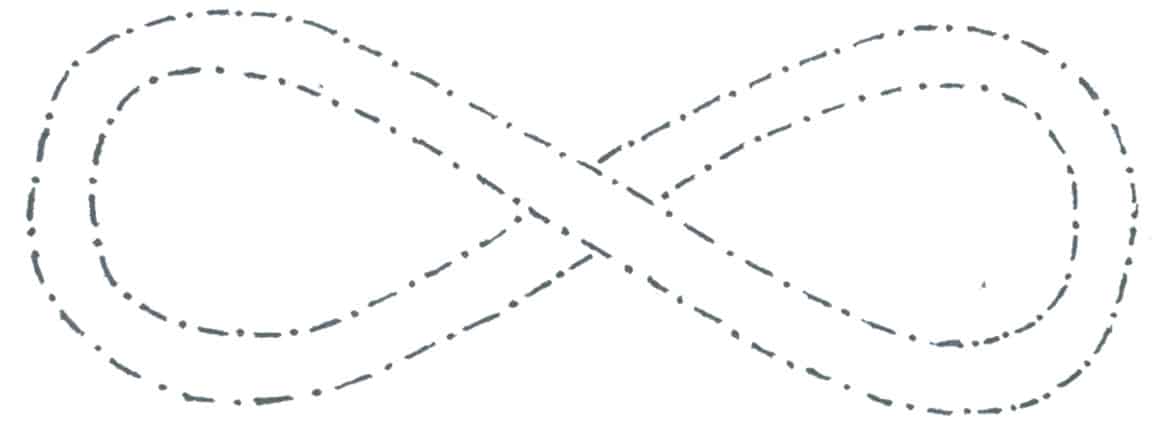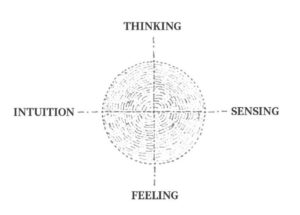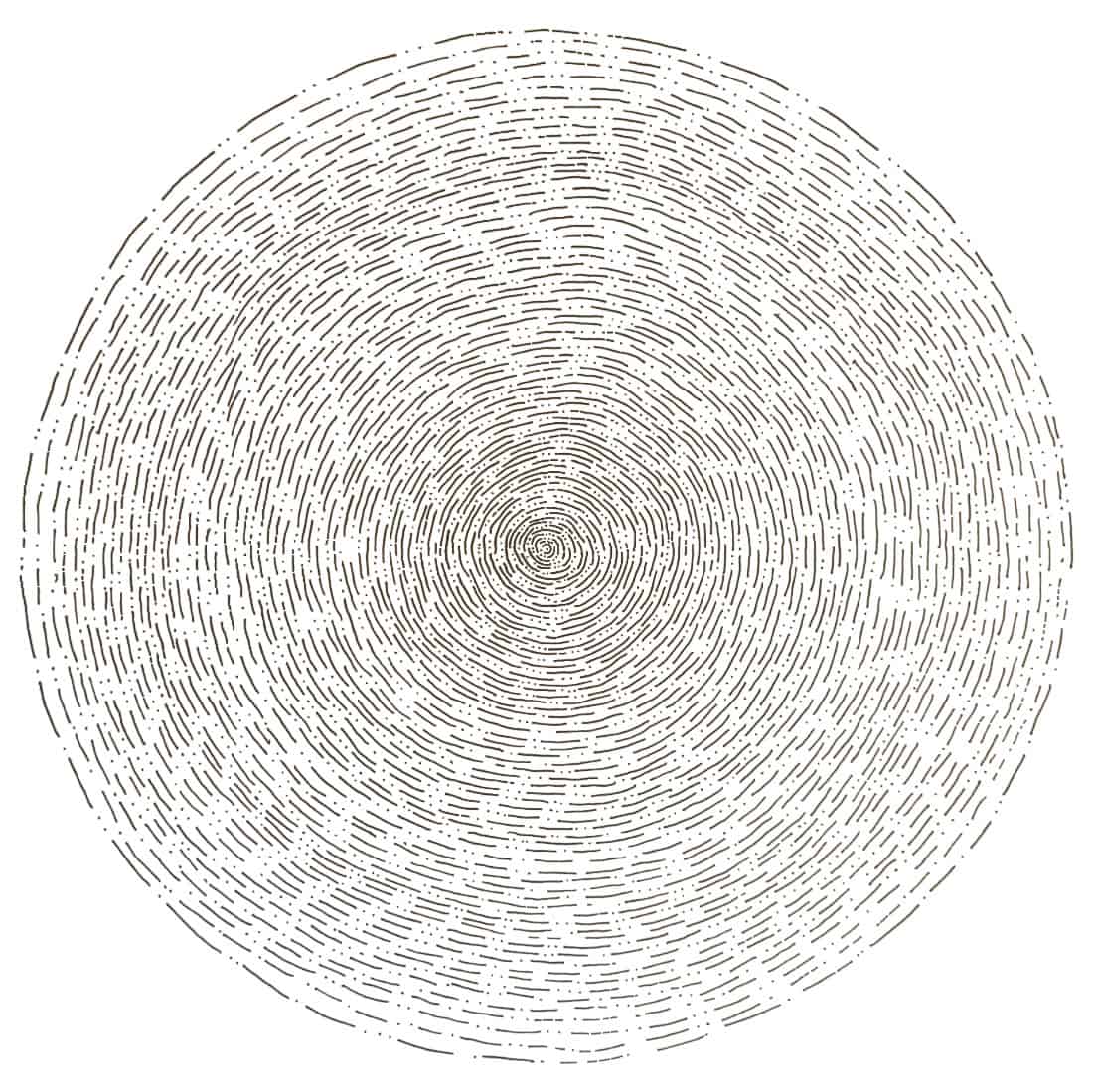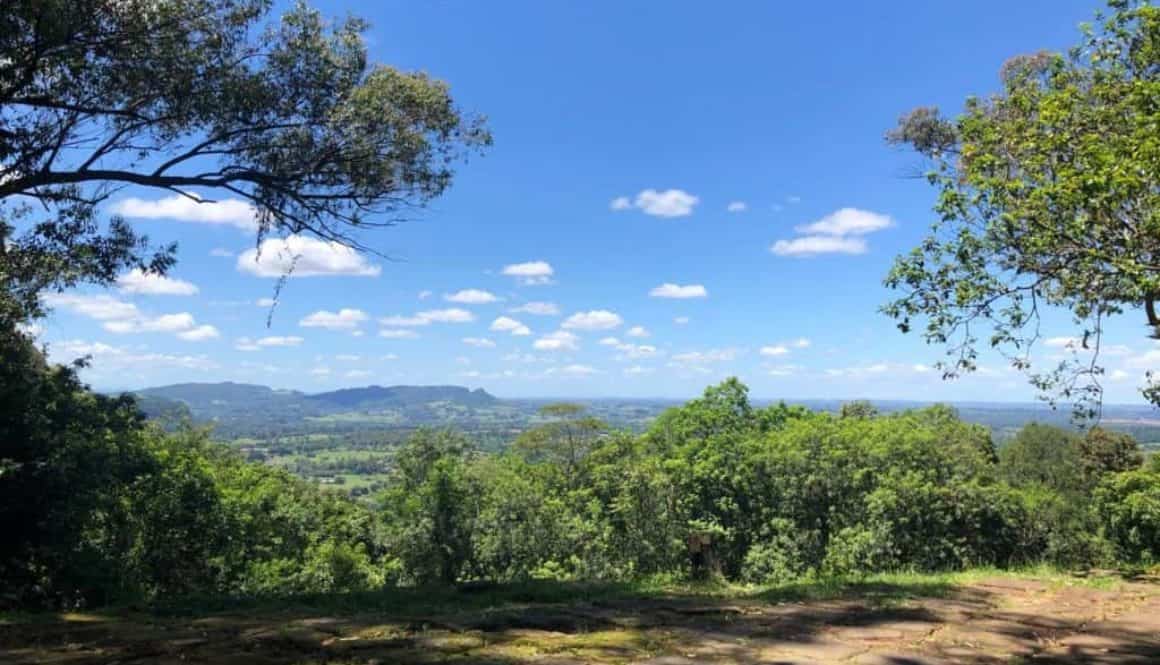explorations in a life generating design process

As a part of the Nature of Order seminar from the Building Beauty Program I was required to document a design process. On the this page you will find the unfolding design process of an outdoor table and bench. As well as that I have included how i made decisions through thinking, feeling, sensing and intuiting. In this post I have outlined the steps in which they were generated, as well as overlaid key reflections and insights from my learning journey within the Nature of Order module.
1. What to Design? finding a need that will improve our lives
There was a clear need for an outdoor table and bench to support our culture of dining together. We often take the kitchen table outside to eat on, however, due to it being a long rectangle it feels awkward sitting around it.

2. Finding a space for the table Seeking latent centers
Feeling the site for a latent center that would support and allow for the latent function of culture to emerge. A ‘latent’ center is a center that has the promise of life and has the potential to become a living center through design intervention. Creating interventions in latent centers is a way to leverage and then reinforce the existing strong centers in a place.
“The proper unfolding of wholeness is both an unfolding of space form the culture which exists, and an unfolding of a new (future) culture from the culture of the present (Christopher Alexander, Process of Creating Life, pg.348)”

3. Prototyping the dining experience with kitchen table and chairs Getting feedback from other users
Reflections
The strange proportions of the table and chair left me feeling disjointed to those around me.
– there was a significant discomfort in the layout
– the table as a center made up of centers that emerge to allow it to function as a ‘table’ were missing
– weird dimensions and layout meant when we were sitting we were not equidistant from each other which lead to a sense of separation from certain people at the table
– there was no center for the food to be left on the table
– it was hard to reach across the table from the ends
– the table without its inhabitants in the space felt like it didnt belong due to its strange dimensions and decoration
– the feeling of slight ‘unease’ caused by this lack of feeling whole does not support the culture of relaxed and comfortable daily outdoor dining

The Body as an Instrument
- Acknowledging the entire being as a center, a whole within a larger whole, with the ability to play a role in the unfolding beauty around us
- Our ability to be aware of the whole within us and around us depends on what faculties of perception we utilise
- Modern society and capitalism rewards thinking faculties over others and in doing so through our conditioning we experience the world in a certain way
- In seeking a more holistic perception and relation to the world, we are able to recognize the unfolding whole and work with unfolding living processes to create more life and beauty around us

Jungs’ Mandala – The four ways of knowing

4. Observing further centers and patterns on site observing life in the field of centers
1. Sun, wind and shelter
2. Aspect – to the horizon from the table
3. Prospect – how the table would increase the feeling of life in the views towards the horizon and towards the forest and path
4. Existing bench filling the latent center of a place to enjoy the view
5. Other existing and potential uses and pathways through the site

5.Sketching Ideas based on key principles outlined before
1. sketching design that use materials that are readily available – locally sourced eucalyptus and bamboo
2. Exploring ideas quite broadly but starting to pay attention to how it can be simply built taking into account the available resources of time and skill
3. Designing finer details – and seeing how they inform the feeling of the whole
4. Diving into the ideas of recursion and keeping a sense of feeling the whole is within the parts
6. Designing the bench to be a recursive part of the table so that the feeling of the whole is within all the parts


7. Making a quick model To get a sense of its feeling
8. Measuring tables and chairs to get a feeling for comfortable ergonomics and reflecting on their feeling

9. Making a small bench to test simple construction method Getting feedback through the hands from the materials and techniques
I started to make a small meditation stool to test the construction methods which I kept as simple as possible. The legs would connect to each other through a half-lapped stabilizing bar which then would fit into a housed joint.
Due to the nature of these joints, it became obvious that the timber would need to be dried, as the green eucalyptus cracked and twisted very quickly.
maintenance and renewal
“The simple fact of the matter is that once you build something, it deteriorates. We start this idea with the awareness of time, as the major deciding factor in how the object is going to age.”
Generally speaking nowadays from the time something is built it only begins to look worse. How can we design things so that their graceful aging works to enhance the living structure that they are a part of?
How can we utilise time as center through intuiting and sensing the emerging future and how can this enhance the field of centers and the sense of place?
In using locally sourced eucalyptus, it is hoped that the table would naturally silver and patina through time, an object that becomes deeply embedded in place and local culture.

10. Using Phi to find harmonious relationships between the height, width and depth of the table
After measuring all the tables and chairs in the house and finding a range of good feeling, comfortable ergonomics, I then applied phi to these heights to find harmonious ratios between the tables and chairs.


11. Mocking up table and bench sizes testing 1:1 on site
- using the body as a measuring instrument to cultivate a deep feeling towards the experience of a sense of aliveness in real time – and iteratively making adjustments to the field of centers whilst discerning what brings more life to the whole.
- moving beyond idiosyncratic, little self preferences and moving towards the experience of the whole as the whole – through being a center myself within the larger whole.


12. Settling on a size that has a good feeling through observation and interaction
- walking around the table to develop a sense of its feeling within the space.
- sitting to get a good feeling of the size and connection to other centers.
- mocking up with plates.
- insight: when it was comfortable for 8 it was uncomfortably large when there were less people. Therefore we realised that we want it to be comfortable for 6 80% of the time and 8 for 20% of the time. When the table was big to fit eight comfortably, it felt too big when there were less people using it which had a disharmonious effect and weakened the table as a center.
“The living process can therefore be steered, kept on course towards the authentic whole, when the builder consistently uses the emerging feeling of the whole as the origin of his insight, as the guiding light at the end of the tunnel by which he steers (Christopher Alexander, Process of Creating Life, pg.371)”

13. observing the larger field of centers seeing how the mockup interacts with the larger whole
14. mocking up table legs using cardboard in search of good shape
- Through working iteratively adding and subtracting cardboard based on intuitive and felt decisions interacting with the direct feedback loop of feeling, it was possible to quickly work towards a shape that was enlivening within the larger field of centers.
- Using simplicity – what is the simplest next step in the process that can increase life in the existing centers?
- I noticed that each step in the process unfolded with symmetry.



15. applying phi to the design of the legs refining previous with 1:1 paper mockups
- I applied the ratio of phi to key dimensions based on the best version of the previous step in the process.
- In making simple modifications in each step of this process I was able to do A/B testing for which designs were more coherent in relation to the rest of the design.

16. Using digital modelling to calculate cutting lists with caution to not design with sketchup

Generated vs Fabricated structure
in a fabricated process and the resulting structure, we project ideas and concepts outward from our minds into objects in reality. oftentimes these projections come from our conditioned ideas and include an attachment toward them from our ego. In a deeply felt generative structure we design from a place beyond ego, a place that is connected to the universal Self. In designing from a state of presence that utilises our feeling, sensing and intuitive faculties, we are able to design from a place that is beyond our idiosyncratic likes and dislikes and create beauty as an extension to the larger beauty to which we all belong. In a generative process, we embody presence in each design step and naturally allow beauty to unfold.

17. Recursive design of bench legs applying unfolding sequence of table legs to the benches
In applying the exact unfolding pattern sequence of the table chairs to the bench chairs, I found it didnt look good and that some modification would be required to get a good feeling. In using paper to mock up the bench legs I was quickly able to prototype a beautiful leg that I was happy with. In doing this the benches and tables as centers strengthened the whole through their connection the emergence of alternating repetition between the benches and table.

18. Creating final cutting lists in sketchup

I digitally modelled the hand drawn bench legs and added them to the model with the table to be able to compile an accurate cutting list.
Despite being a representation of the final design, it is by no means an accurate one of how it would feel. In an ideal situation, I would mock it up exactly as above to see how it feels and to make adjustments based on that. That being said I feel confident enough about the feeling of the table and bench based on the prototyping that I had done to make a start. Now to just get on with it…
closing thoughts
“Our ability as artists depends very largely on our ability to experience, formulate, and carry such a feeling — first to feel it and witness it, then to carry it forward, remember it, keep it alive within us, and insist on it (Christopher Alexander, The Process of Creating Life p.382).”
At every step within this generative process, I couldn’t have anticipated the outcome. This was interesting on a personal emotional level and I noticed that as long as I was able to be fully present with the process, I was able to be within the process of unfolding life. In moments of lapsed presence, the default mode becomes one of projecting conditioned unconscious ideas, thoughts, and ways of relating to life, which is sadly rooted in separation from all of life and not connection. In the present moment, we are connected to the flow of life and it is only from this place that we can sense the emerging future through finding and entering the grain of the unfolding world and following its course to a living future. Modern life and ways of experiencing the world follow a course outside of this grain and the opposing resistance continues to create further separation between human-nature.
Working to create life in generative design processes is similar with natural living processes in the sense that they are often in direct conflict with the values of modern life and economic world views. The world experiences this daily with increased pollution, loss of diversity, and daily species extinction, all as a consequence of human thinking and systems whilst all the while economic markets reach their all-time highs. Going forward I am excited to explore the resolutions between generative processes and the modern economic system so that the positive benefits from this work can be appreciated and scaled for the benefit and enjoyment of all of life.
In using the faculties of deep feeling, sensing, and intuiting within the design process, I found that I was able to connect deeper to the present moment and to the phenomena in my experience. This direct engagement with full-scale mockups within the manifest world enabled these other ways of knowing the world to become activated, and for thinking to fall backward and become secondary. Engaging with the present moment in these ways brought deep peace and joy, which feels as though it was due to being connected with a life-generating process. It is almost as if beauty emerges through attention and presence which is greatly aided by making. I look forward to exploring these feelings further in future projects.


